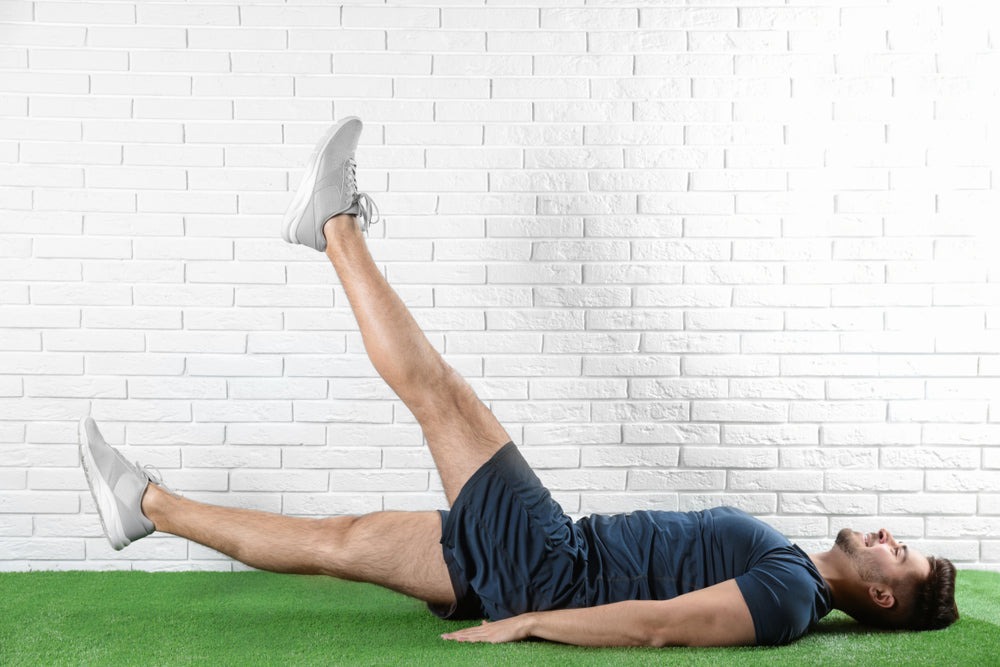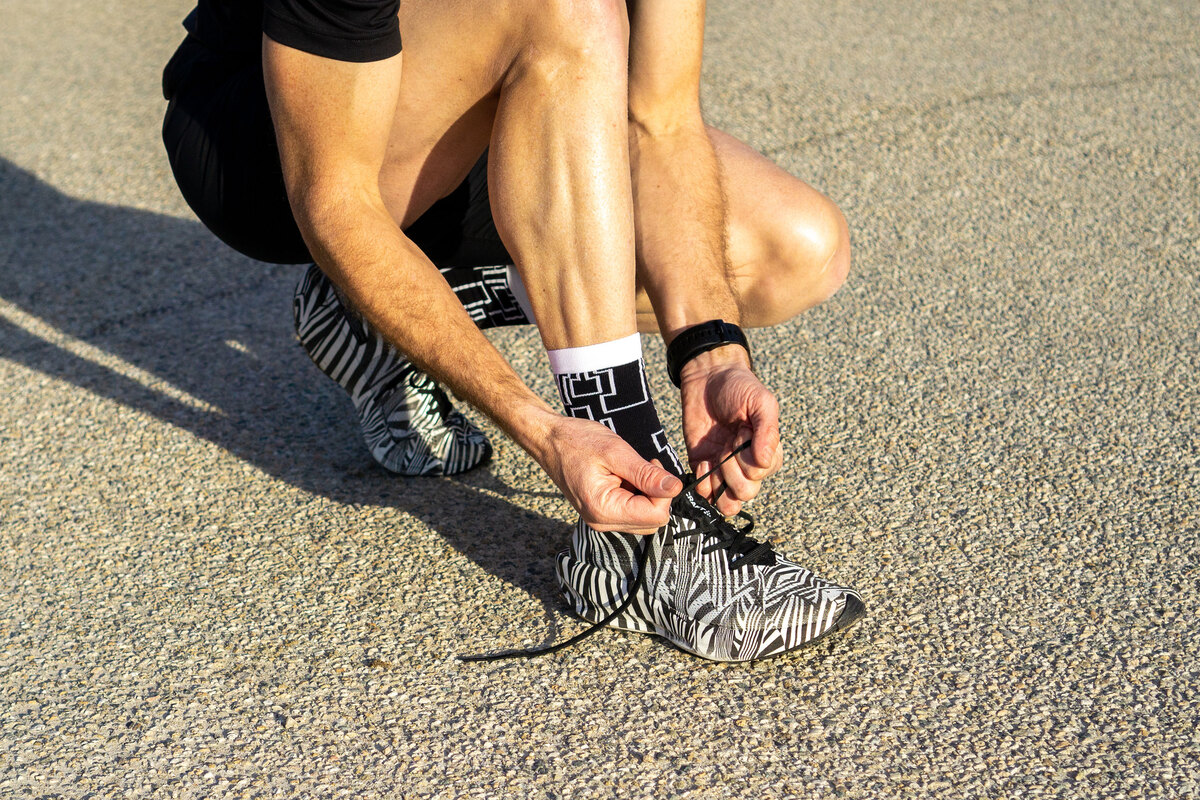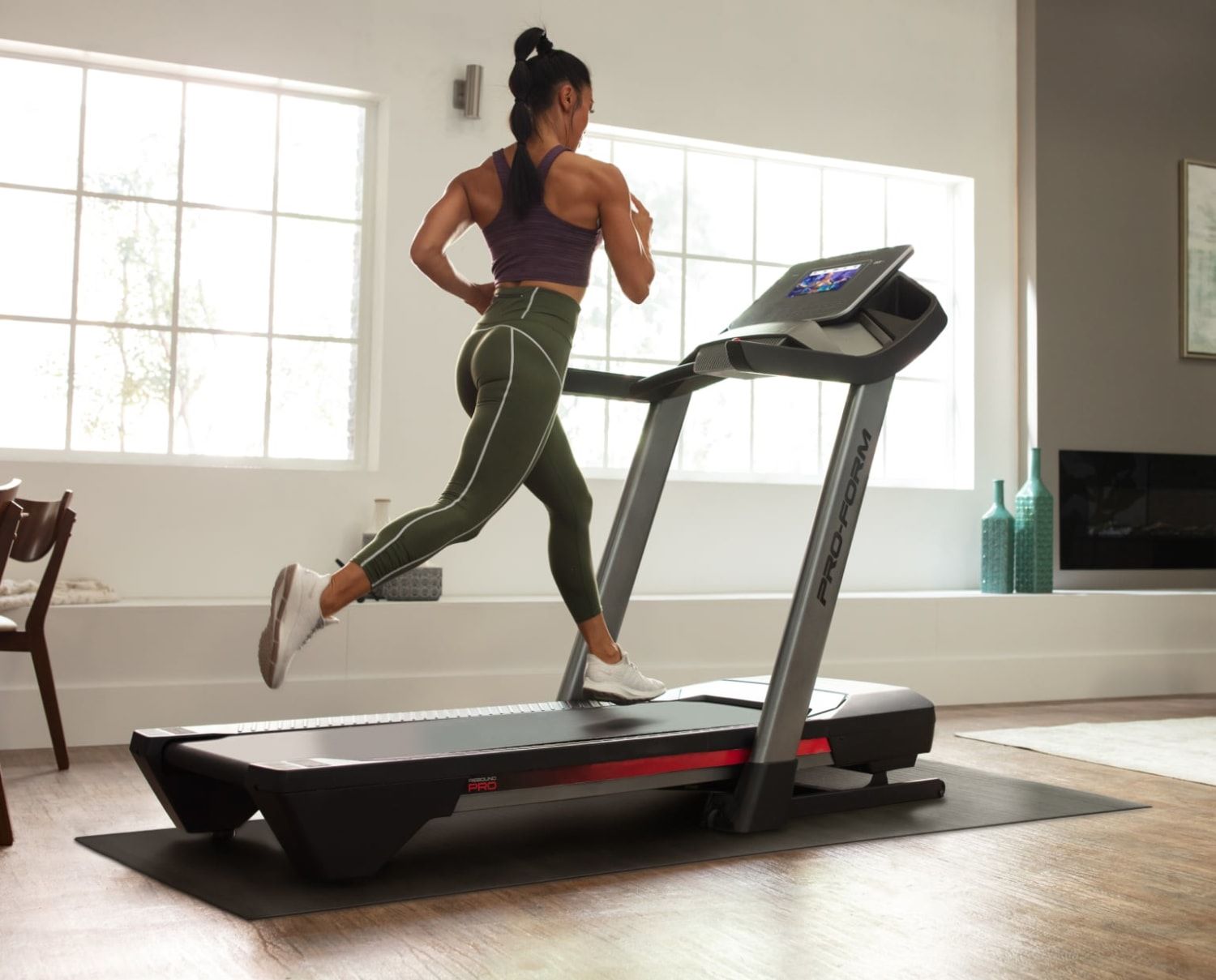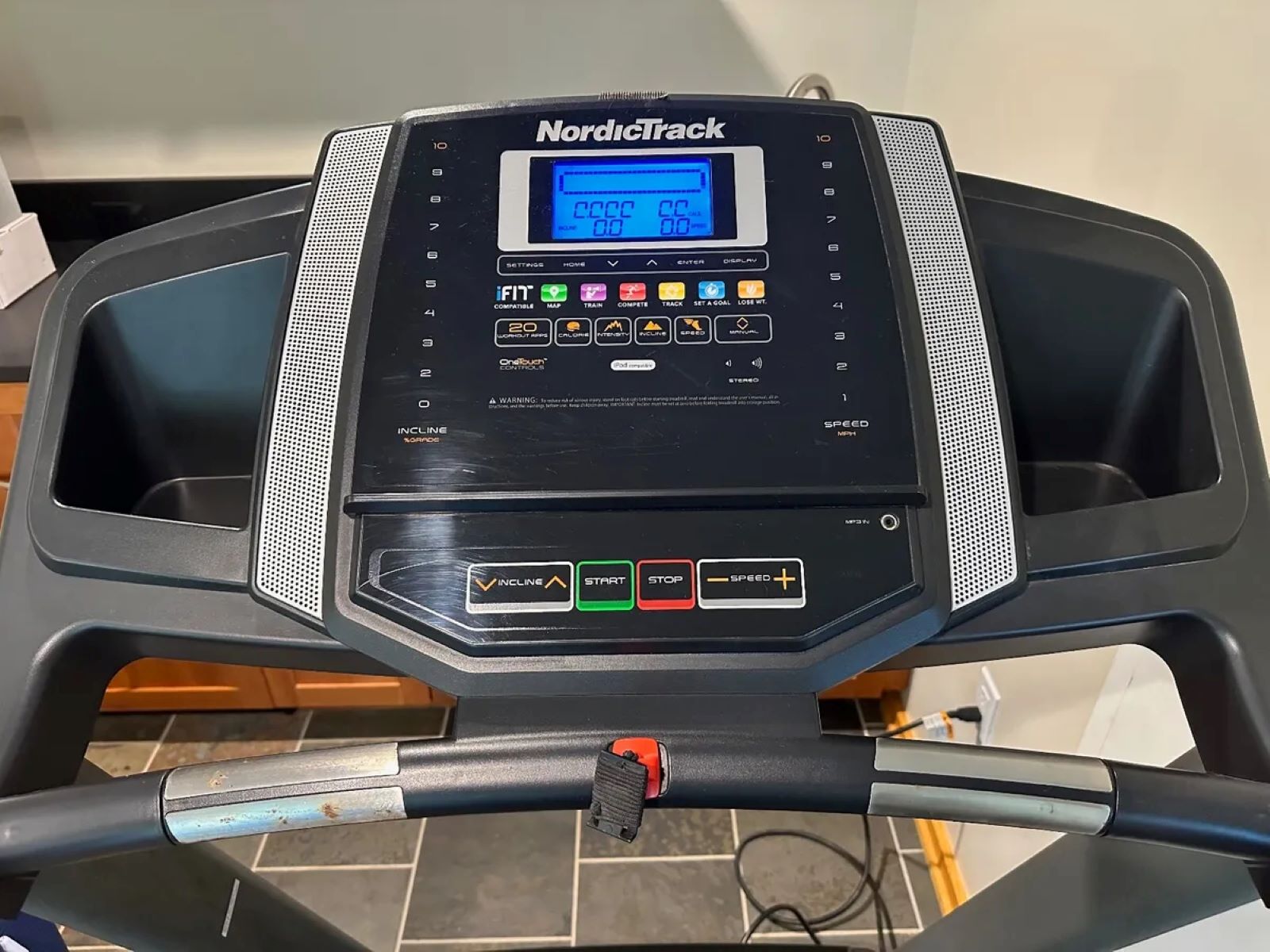

Featured
What Is Scissors Exercise
Modified: January 2, 2024
Learn what the featured Scissors Exercise is and how it can improve your fitness routine. Find out the benefits and proper technique for this effective workout.
Introduction
Physical fitness and regular exercise are essential components of a healthy lifestyle. Many people incorporate various forms of exercise into their routine to improve strength, flexibility, and overall well-being. One exercise that has gained popularity is the Scissors Exercise. This dynamic movement targets the core muscles, particularly the lower abdominal area, and can contribute to a stronger, more defined midsection.
The Scissors Exercise is a versatile exercise that can be performed by individuals of all fitness levels, from beginners to advanced athletes. Whether you’re looking to strengthen your core, improve posture, or add variety to your workout routine, the Scissors Exercise can be a valuable addition.
In this article, we will explore the definition, benefits, proper form and technique, variations, common mistakes to avoid, precautions, and even provide a sample workout routine that incorporates the Scissors Exercise. So, let’s dive into the details and discover how you can benefit from this effective exercise.
Definition of Scissors Exercise
The Scissors Exercise, also known as the Scissor Kick, is a core exercise that primarily targets the lower abdominal muscles, including the rectus abdominis and the obliques. The exercise gets its name from the scissoring motion of the legs as they alternate in an upward and downward motion.
To perform the Scissors Exercise, lie flat on your back with your legs extended and your arms placed alongside your body. Lift your head, neck, and shoulders off the ground, engaging your core muscles. Keep your lower back pressed against the floor to maintain proper alignment.
Next, raise your legs off the ground approximately six inches and begin the scissoring motion. Alternate crossing one leg over the other, switching the position of your legs as if you were using imaginary scissors. Keep your movements controlled and deliberate.
The Scissors Exercise can be modified to increase or decrease its difficulty based on your fitness level and goals. You can perform the exercise with bent knees or straight legs, and you can also adjust the tempo or add variations of arm movements to further engage your core and upper body muscles.
This exercise is commonly used in Pilates and other fitness routines to target the core muscles, improve stability, and enhance overall body coordination.
Benefits of Scissors Exercise
The Scissors Exercise offers a wide range of benefits for individuals of all fitness levels. Here are some key advantages of incorporating Scissors Exercise into your workout routine:
- Core Strength: The primary focus of the Scissors Exercise is to strengthen the core muscles, particularly the lower abdominals. By engaging these muscles, you can develop a stronger and more stable core, which is essential for maintaining proper posture, preventing lower back pain, and improving overall body strength.
- Toning and Definition: The Scissors Exercise targets the rectus abdominis and oblique muscles, which contribute to a toned and sculpted midsection. Regular practice of this exercise can help you achieve a flatter stomach and more defined abs.
- Flexibility and Range of Motion: The scissoring motion of the legs in the Scissors Exercise requires a good range of motion in the hips, improving flexibility in the lower body. Additionally, as the exercise engages the hip flexors, it can help alleviate tightness in this area that commonly occurs in individuals who sit for extended periods.
- Improved Balance and Stability: The Scissors Exercise requires stability and control throughout the movement. By consistently performing this exercise, you can develop better balance and stability, which can benefit you in various daily activities and other forms of physical exercise.
- Enhanced Coordination: The alternating leg movements in the Scissors Exercise challenge your coordination and motor skills. Regularly practicing this exercise can improve your mind-body connection and overall coordination.
- Engagement of Multiple Muscles: Although the primary focus of the Scissors Exercise is on the core muscles, it also engages other muscle groups. The legs, hip flexors, glutes, and even the upper body muscles play a role in maintaining proper form and stability during the exercise.
These benefits make the Scissors Exercise a valuable addition to any workout routine, regardless of your fitness goals. Incorporating this exercise can improve core strength, enhance muscle definition, and contribute to overall physical fitness and well-being.
Proper Form and Technique
Performing the Scissors Exercise with proper form and technique is crucial for maximizing its benefits and preventing injury. Follow these guidelines to ensure correct execution:
- Starting Position: Lie flat on your back with your legs extended and your arms resting alongside your body. Engage your core muscles by gently pulling your naval towards your spine.
- Lift Head, Neck, and Shoulders: To initiate the exercise, lift your head, neck, and shoulders off the ground, keeping your chin slightly tucked. This will activate your abdominal muscles and help maintain proper alignment.
- Elevate Legs: Raise your legs off the ground, aiming for a height of about six inches. This is your starting position for the scissoring motion.
- Scissoring Motion: In a controlled manner, cross one leg over the other, alternating their positions as if you were using scissors. Keep your movements smooth and avoid any jerking or swinging motions.
- Engage the Core: Throughout the exercise, focus on engaging your core muscles by keeping your abdominal area pulled in and your lower back flat against the ground. This will ensure that the exercise effectively targets your core muscles.
- Breathing: Remember to breathe rhythmically throughout the exercise. Inhale as you lower your legs, and exhale as you raise them. Don’t hold your breath, as this can disrupt your breathing pattern and reduce the effectiveness of the exercise.
- Modify the Exercise: If you find the exercise too challenging initially, you can modify it by bending your knees or reducing the range of motion. As you build strength and stability, gradually increase the difficulty by straightening your legs or increasing the scissoring speed.
- Control and Slow Down: It’s essential to maintain control and perform the exercise in a slow and deliberate manner. Avoid rushing through the scissoring motion, as this can lead to poor form and reduced benefits. Focus on quality repetitions rather than quantity.
By following these guidelines and maintaining proper form and technique, you can perform the Scissors Exercise safely and effectively, ensuring optimal engagement of your core muscles and maximizing the benefits of the exercise.
Variations of Scissors Exercise
The Scissors Exercise can be modified and progressed to add variety and challenge to your workout routine. Here are a few variations to consider:
- Bent Knee Scissors: If you find it difficult to keep your legs straight throughout the exercise, you can perform the Scissors Exercise with bent knees. Start in the same position as the traditional Scissors Exercise, but instead of extending your legs fully, keep your knees bent at a 90-degree angle. Perform the scissoring motion with the bent knees, engaging your core muscles as you alternate leg positions.
- Weighted Scissors: To increase the intensity of the Scissors Exercise, you can incorporate weights. Hold a dumbbell or medicine ball between your legs while performing the scissoring motion. This added resistance challenges your core muscles and increases the overall difficulty of the exercise.
- Reverse Scissors: The reverse scissors variation targets the lower abdominal muscles and increases the challenge. Start by lying on your back and lifting your legs towards the ceiling. Lower one leg towards the ground while the other remains extended upwards. Alternate the leg positions in a controlled manner, engaging your core throughout the exercise.
- Scissor with Arm Movements: To further engage your upper body muscles, you can incorporate arm movements into the Scissors Exercise. As you perform the scissoring motion with your legs, raise your arms overhead and bring them down towards your sides in synchronization with your leg movements. This variation adds an element of coordination and engages the muscles in your arms, shoulders, and upper back.
- Advanced Scissor Variations: Once you have built strength and stability, you can challenge yourself with more advanced variations of the Scissors Exercise. These can include combining other core exercises like bicycle crunches, leg raises, or incorporating a stability ball. These variations add complexity and intensity to the exercise, pushing your core muscles further.
Introducing these variations into your workout routine can prevent boredom, target different muscle groups, and continue to challenge your body as it adapts to the Scissors Exercise. Remember to choose variations that align with your fitness level and gradually progress as your strength and skill improve.
Common Mistakes to Avoid
While the Scissors Exercise is a highly effective core exercise, there are some common mistakes that people often make. By being aware of these mistakes and avoiding them, you can ensure that you perform the exercise correctly and maximize its benefits. Here are some of the most common mistakes to watch out for:
- Lifting Head and Neck Too High: One common mistake is lifting the head and neck excessively during the exercise. This can strain the neck and take the focus away from the core muscles. Instead, focus on lifting the head, neck, and shoulders off the ground just enough to engage the core, keeping the chin slightly tucked.
- Flaring the Ribs: Letting the ribs flare out during the Scissors Exercise can prevent proper engagement of the core muscles. Keep your core pulled in and your lower back pressed against the ground throughout the exercise. Avoid arching your back or allowing the ribs to lift excessively.
- Using Momentum: Swinging the legs or using momentum to perform the scissoring motion reduces the effectiveness of the exercise. It is crucial to control the movement and perform it in a slow and deliberate manner. Focus on the contraction of your core muscles as you bring your legs together. This will ensure that you are properly engaging the target muscles.
- Not Breathing Properly: Breathing rhythmically and intentionally is essential during the Scissors Exercise. Some people tend to hold their breath or breathe in a shallow manner. Remember to inhale as you lower the legs and exhale as you raise them, maintaining a steady and controlled breathing pattern throughout the exercise.
- Providing Insufficient Core Activation: Engaging the core muscles is crucial to get the most out of the Scissors Exercise. Some individuals may rely solely on the leg movements without properly engaging their abdominal muscles. Focus on pulling your naval towards your spine and keeping your core muscles active throughout the exercise.
- Overdoing the Exercise: Just like any other exercise, it is important to listen to your body and not overdo it. Performing the Scissors Exercise excessively or with improper form can lead to muscle strain or injury. Start with a moderate number of repetitions and gradually increase as your strength and endurance improve. Quality repetitions are more important than quantity.
By being conscious of these common mistakes and ensuring that you perform the Scissors Exercise with proper form and technique, you can avoid potential pitfalls and optimize the effectiveness of the exercise.
Precautions and Safety Guidelines
When performing the Scissors Exercise or any other physical activity, it’s important to prioritize safety and take necessary precautions. Here are some key precautions and safety guidelines to keep in mind:
- Consult with a Healthcare Professional: If you have any underlying health conditions, injuries, or are pregnant, it’s essential to consult with a healthcare professional before incorporating the Scissors Exercise into your routine. They can provide personalized guidance and ensure the exercise is suitable for you.
- Warm-Up and Cool-Down: Before starting the Scissors Exercise, warm up your body with some light cardio exercises and dynamic stretching. This will prepare your muscles for the workout and reduce the risk of injury. Similarly, after completing the exercise, cool down with static stretching to help prevent muscle soreness.
- Be Mindful of Your Body: Pay attention to how your body feels during the exercise. If you experience any pain, discomfort, or excessive fatigue, stop and rest. Pushing through pain can lead to injury. Always listen to your body and modify the exercise or seek guidance if needed.
- Start with Proper Progression: If you are new to the Scissors Exercise, start with the basic variation and gradually progress to more advanced variations. Building strength, stability, and proper form is important before challenging yourself further.
- Avoid Jerky Movements: Perform the Scissors Exercise in a slow and controlled manner, avoiding any jerking or swinging motions. Sudden movements can strain your muscles, particularly your core and lower back. Focus on smooth and deliberate leg movements.
- Use Proper Flooring: Ensure you have a firm and comfortable surface to perform the exercise on. Avoid performing the Scissors Exercise on a slippery or uneven surface to minimize the risk of slips or falls.
- Stay Hydrated: Hydration is essential during any physical activity. Drink water before, during, and after your workout to stay adequately hydrated.
- Modify for Pregnancy: If you are pregnant, consult with your healthcare provider before attempting the Scissors Exercise. They can provide guidance on modifications or alternative exercises that are safe and effective for your stage of pregnancy.
By following these precautions and safety guidelines, you can minimize the risk of injury and ensure a safe and effective workout experience while performing the Scissors Exercise.
Sample Workout Routine Incorporating Scissors Exercise
If you’re looking to incorporate the Scissors Exercise into your workout routine, consider the following sample workout plan. This routine combines the Scissors Exercise with other core-strengthening and cardiovascular exercises for a well-rounded workout:
Warm-Up:
- 5-10 minutes of light cardio exercises such as jogging or jumping jacks to raise your heart rate and warm up your muscles.
- Dynamic stretching exercises that target the major muscle groups, including leg swings, arm circles, and torso twists.
Main Workout:
- Exercise 1: Scissors Exercise – Perform 3 sets of 15-20 repetitions. Focus on keeping a controlled tempo and maintaining proper form throughout.
- Exercise 2: Plank – Hold the plank position for 30-60 seconds, focusing on engaging your core and maintaining a straight line from your head to your heels. Repeat for 3 sets.
- Exercise 3: Mountain Climbers – Perform 3 sets of 10-15 repetitions per leg. Keep your core engaged and your back straight as you alternate driving your knees towards your chest.
- Exercise 4: Russian Twists – Sit on the ground with your knees bent and feet lifted off the floor. With a weight or medicine ball in your hands, twist your torso from side to side, touching the weight to the ground on each side. Perform 3 sets of 12-15 repetitions.
- Exercise 5: Bicycle Crunches – Lie on your back with your hands behind your head and your legs bent. Bring your left knee towards your right elbow while straightening your right leg. Alternate sides in a smooth, bicycle-pedaling motion. Perform 3 sets of 15-20 repetitions per side.
Cool Down:
- Finish your workout with 5-10 minutes of light cardio exercises to gradually lower your heart rate.
- Follow up with static stretching to help relax and lengthen your muscles.
Remember to listen to your body and modify the exercises as needed to suit your fitness level and abilities. If you’re new to exercise or have any health concerns, consult with a healthcare professional or fitness trainer before starting a new workout routine.
Conclusion
The Scissors Exercise is a highly effective core exercise that targets the lower abdominal muscles and contributes to a stronger, more defined midsection. By incorporating this exercise into your workout routine, you can improve core strength, enhance stability, and increase muscle tone in your abs.
Throughout this article, we explored the definition, benefits, proper form and technique, variations, and common mistakes to avoid when performing the Scissors Exercise. We also provided a sample workout routine that incorporates this exercise along with other core-strengthening movements.
Remember, safety and proper form are paramount when performing the Scissors Exercise or any other physical activity. Always consult with a healthcare professional or fitness trainer if you have any health concerns or are new to exercise.
So, whether you’re a beginner looking to strengthen your core or an advanced fitness enthusiast seeking new ways to challenge yourself, add the Scissors Exercise to your fitness routine and experience the benefits it has to offer. Get ready to sculpt a stronger core and improve your overall physical fitness with this dynamic exercise.









